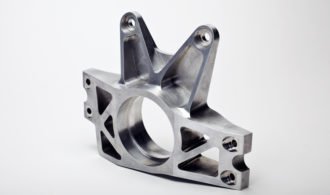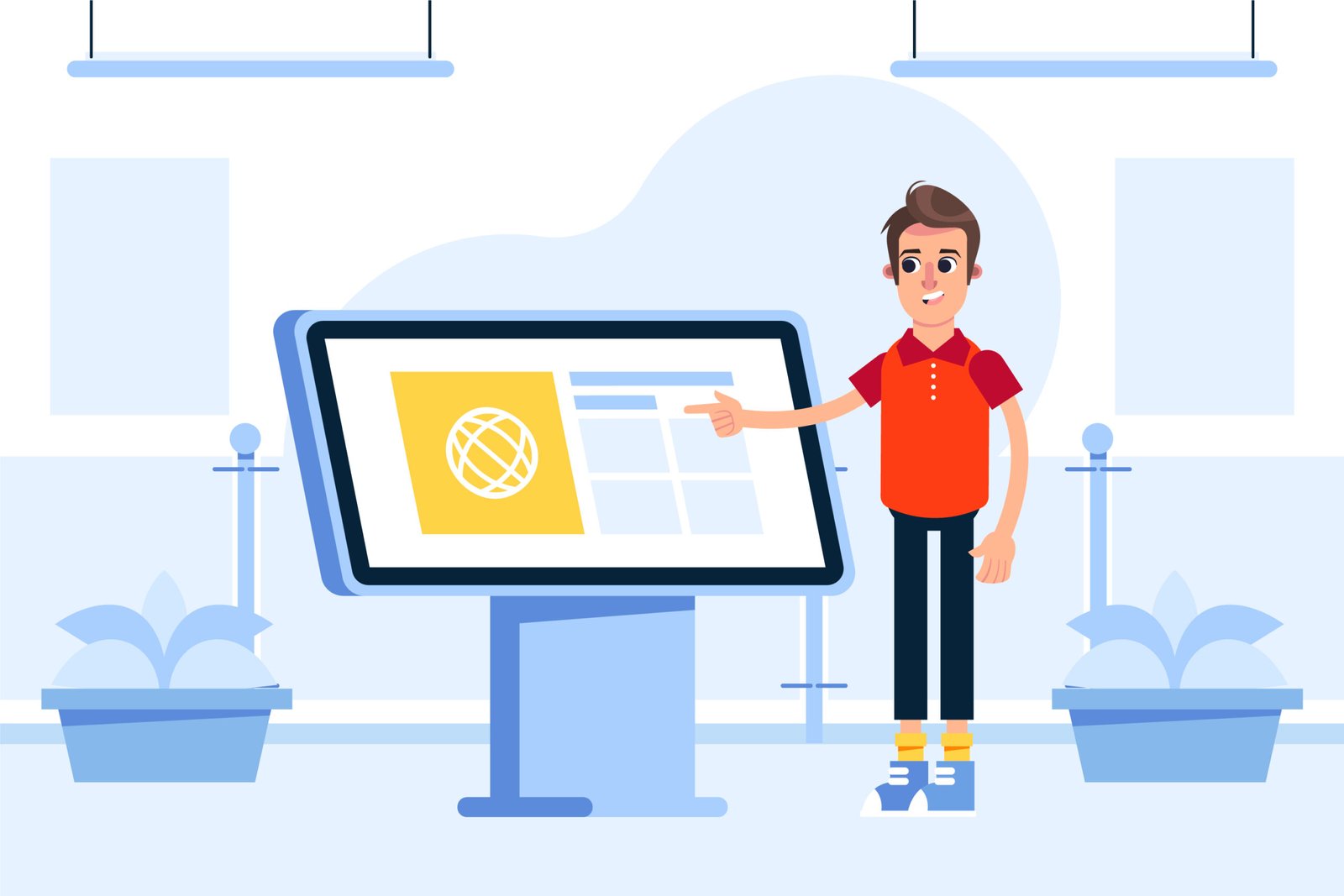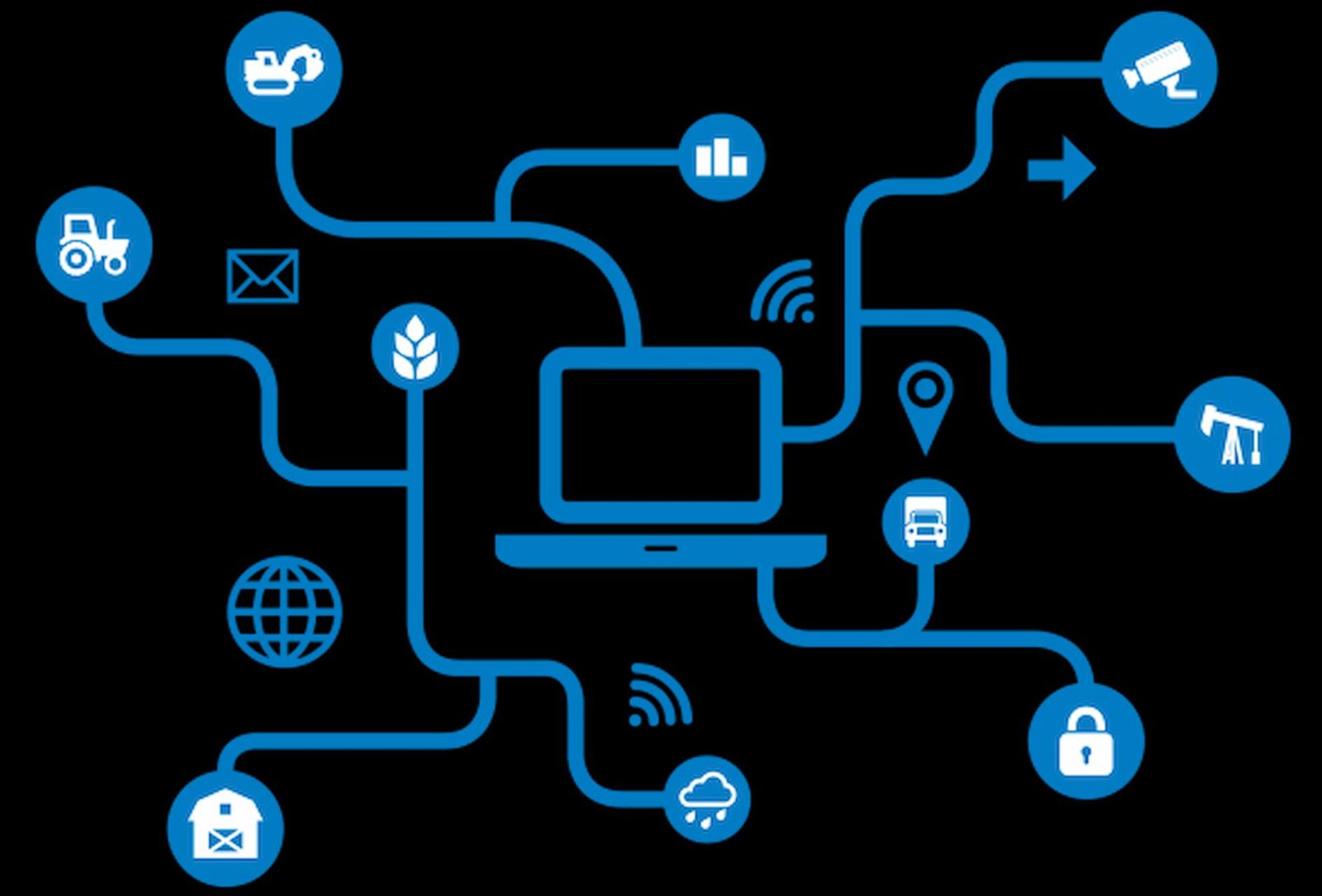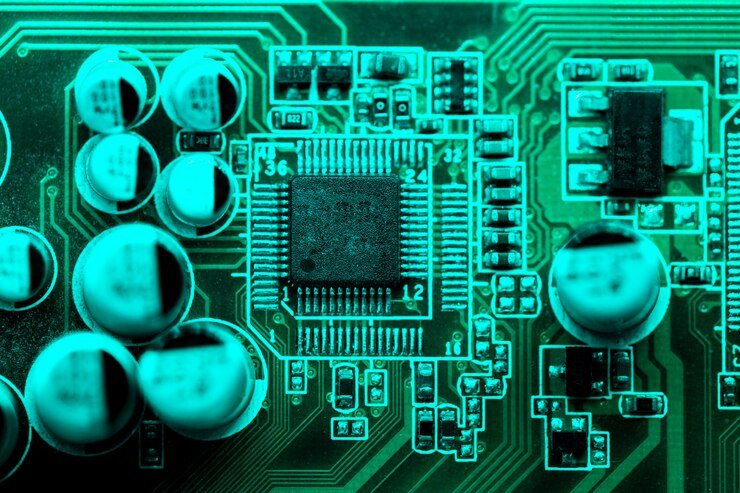Behind every great product is a great idea, and the path from the idea to the project requires multiple steps from defining the requirements, to planning and designing and manufacturing.
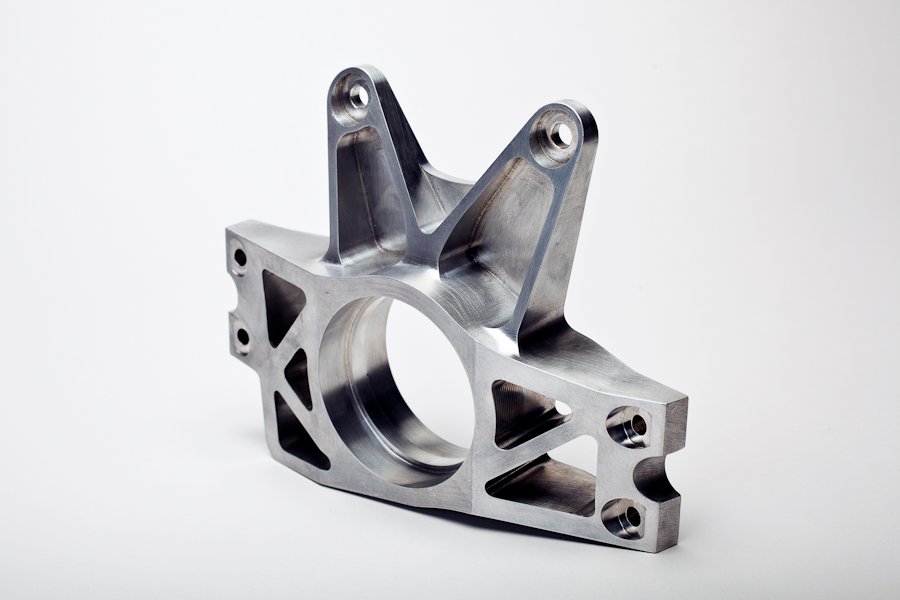
However, one of the most important stages of the development cycle is prototyping, the stage where the design is put into practice with a physical model.
Types of Prototypes
Prototypes come in varying types and levels of sophistication:
- Simple models which simply show how something will work
- Some are much more visual to show to customers or clients
- And some are completely representative of the final product
The type of prototype that a company will choose will be dependent on what they need it for, and how much it’s going to cost to produce, but they’re all important and serve their own purpose for the design process.
Methods
Mock-ups are usually carried out early in the design process and are the crudest form of prototype.
These give the designers a very early visualisation of what their product is going to look like and can allow them to identify any problems early on and make tweaks to the design.
Slightly more sophisticated, fabricated prototypes are usually used to test the functionality of a product and make sure that it actually works how it’s meant to before moving on.
Nowadays, however, one of the most common prototyping is what is known as rapid prototyping which makes use of emerging 3D printing technology.
This approach allows for very quick and very accurate prototypes to be achieved which are designed from a computer, so they exactly match the designer’s view and can be easily tweaked.
Of course, the technology and equipment needed for this approach are still quite pricey, so many companies such as Prototype Projects are emerging which will take a company’s idea and make it a reality.
Once a prototype is created it is put through a rigorous series of tests, often to the point of destruction, to truly examine every facet of the product.
Is it necessary?
Prototyping can be costly, which could lead some companies to wonder whether it’s actually worth it at all.
While for some companies and products, prototyping might not be necessary, it is a very helpful tool, especially in industries where the products are more complex.
For example, in something such as the automotiveindustry, many different prototypes will be made and a lot will be learnt between each iteration.
For example, at BMW, they even make a fully life-sized clay model of their cars!
While going to such length to create models and prototypes might seem an expensive measure, it saves companies a lot of money correcting faults further down the line once production has begun.
Prototypes can also be tested out by customers to give companies much more detailed feedback, perhaps in the form of a focus group, and this can produce some very valuable information.
Prototypes ultimately remove the theoretical aspects of product design and allow the designers to tangibly see their design in action.

